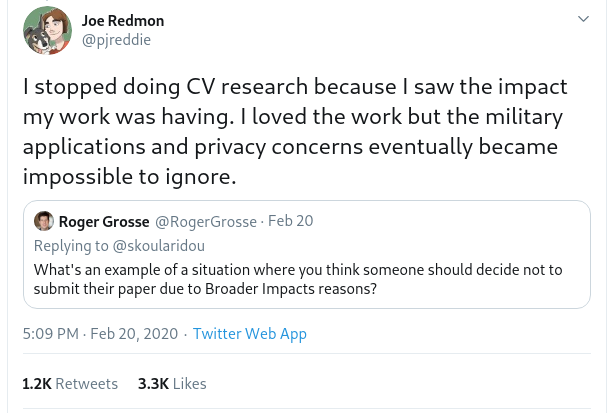Introduction
As we write this, it is (still) appropriate to start our tour of applications with the area of image processing – given that image classification constituted the first breakthrough that made deep learning take off (again – or for the first time, under that label).
Our first example will be about just that – classification. This being 2020 though, we show how to make use of pretrained models and transfer learning. In general, the more your data resemble those used in training published models, the more you’ll profit from not starting at zero. Certainly this will be the case when, say, you build on a model trained on ImageNet and use it to classify your pets.
While this could be considered a toy application, intended to demonstrate transfer learning and also, provide a gentle start
into applied torch, the next one in this section is “serious”: We distinguish tumor and non-tumor areas in brain scans. This
technique, image segmentation, may also be relevant for you if you don’t work in medicine, biology or related fields:
Segmentation takes place whenever an image is not labeled as a whole, but split into different segments according to some
criterion. For example, satellite images could be divided into different types of land cover such as river, forest,
residential, and more.
\[...\]
A word about what is not here. For ethical reasons9, we do not cover either of face recognition nor object detection. While this may be immediately evident in the former case, the latter may have you ask: How is object detection worse than segmentation? Granted, algorithms per se aren’t “more or less ethical” (assuming well-meaning designers, of course), but in practice, at least as of this writing, segmentation is primarily used in science and healthcare, while object detection is employed for surveillance in increasingly many places all over the world. Of course, not writing about object detection is a small step, but it’s a step all the same, a faint echo at least of what Joe Redmon, creator of the famous YOLO series of object detection models, did when he stepped out of computer vision research:

see introduction↩︎